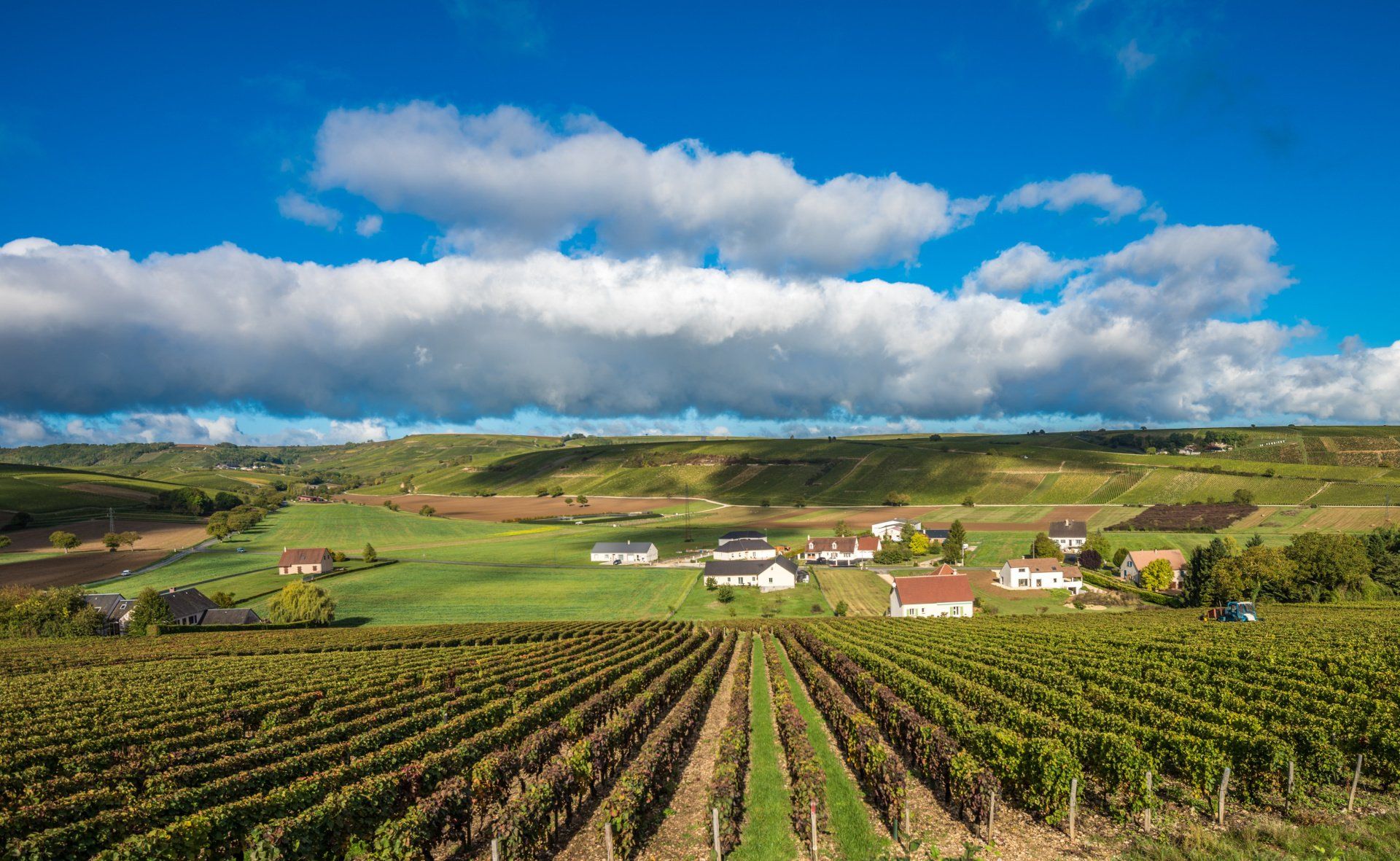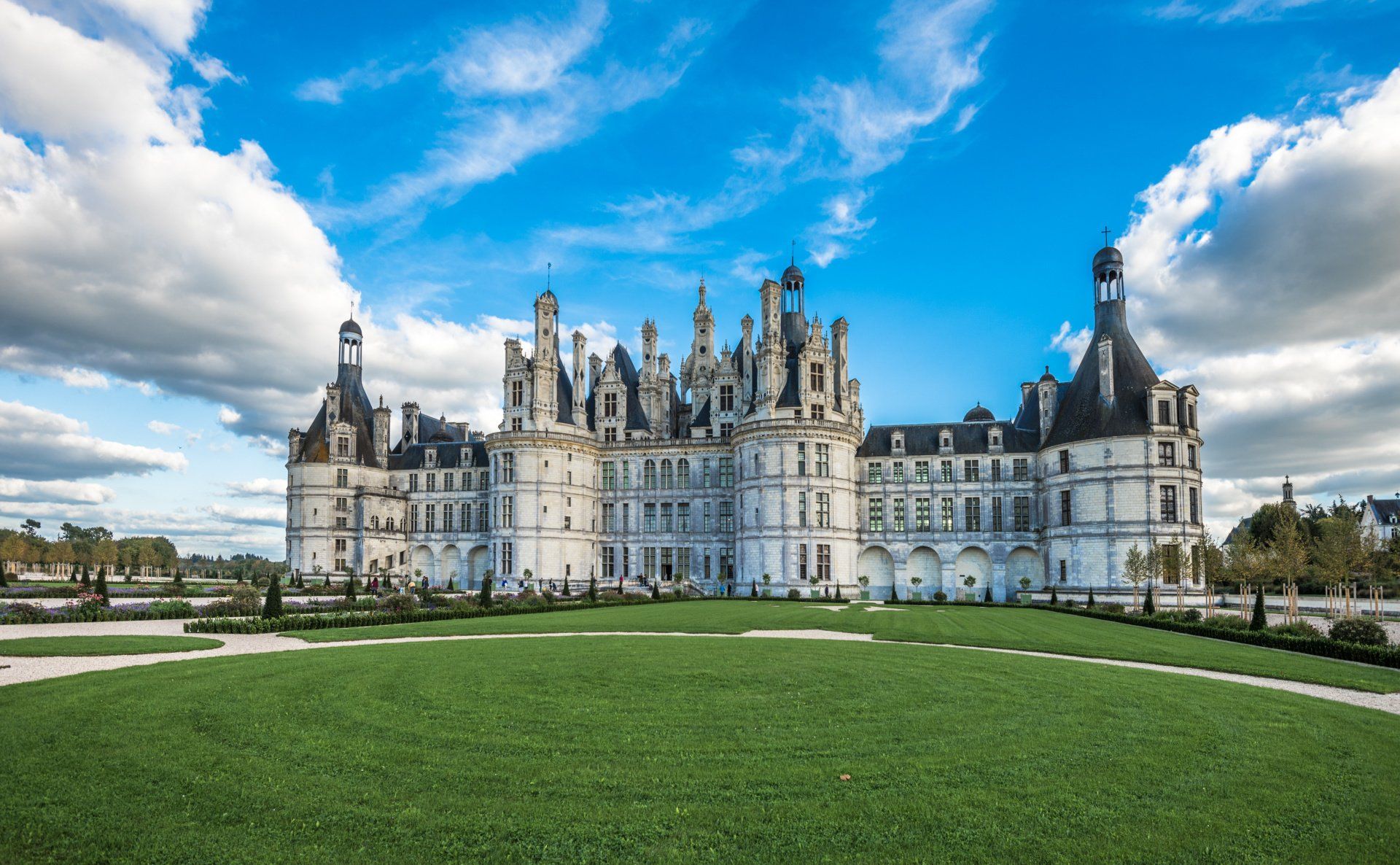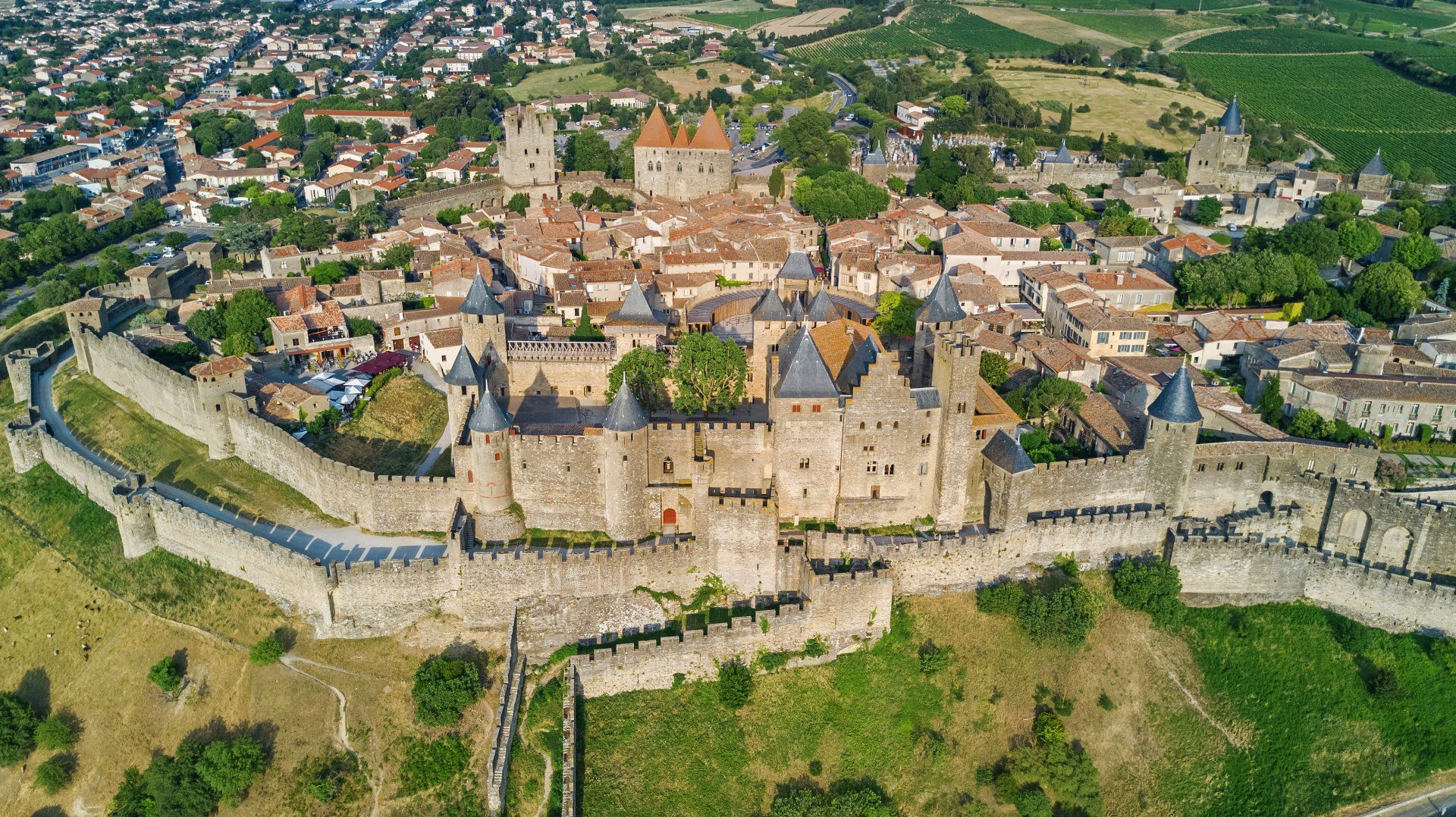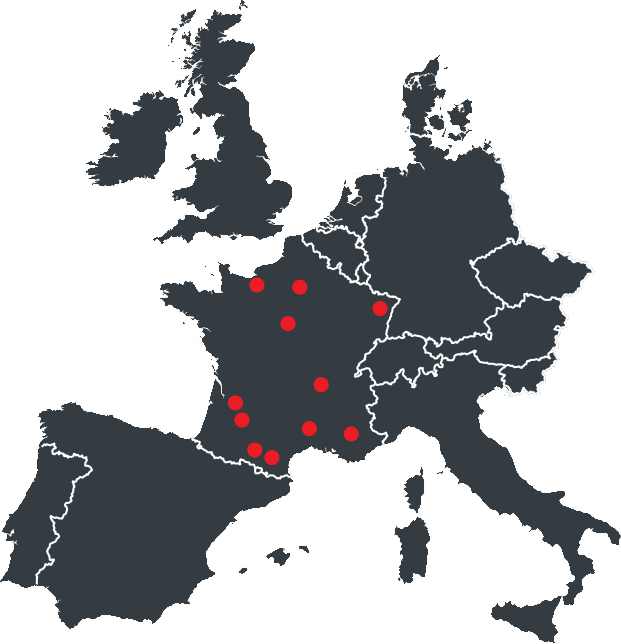Introducing GroupCare. A suite of healthcare and security services designed for travel in the post Covid era.
Jewish Heritage in France
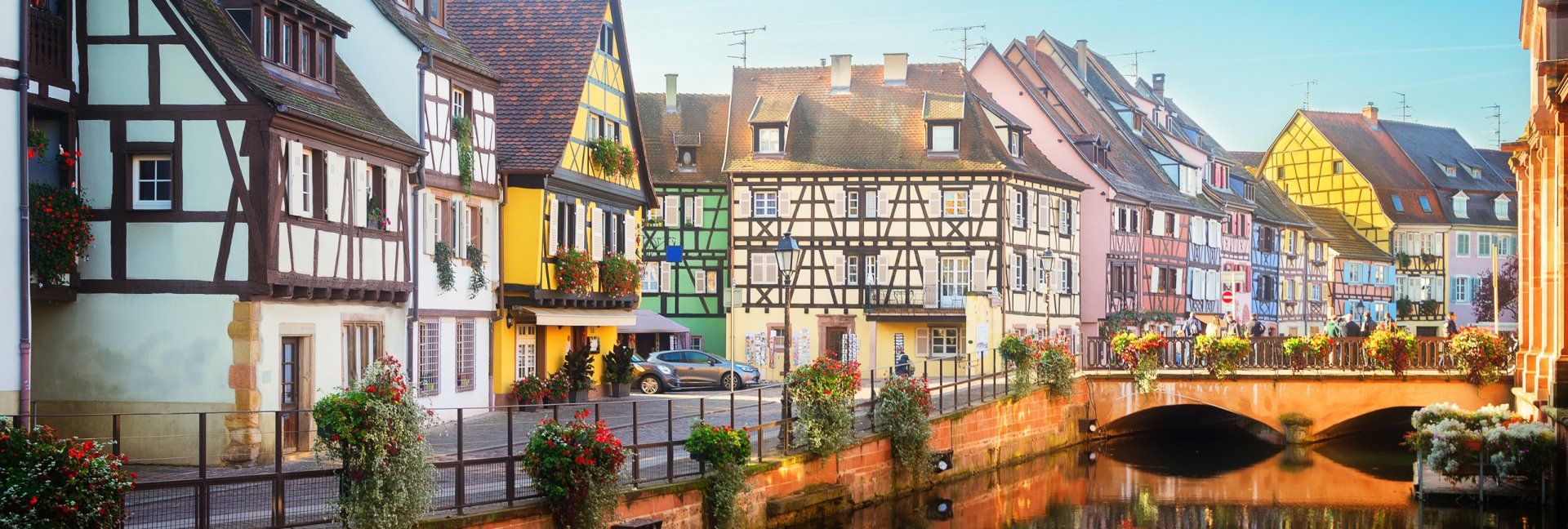
Slide title
COLMAR, MOST FAMOUS TOWN OF ALSACE, FRANCE
Button
Jewish Heritage in France
Throughout its stormy history, from the Roman period until the present, Jews have lived in France, their fate intimately tied to the various kings and leaders. Despite physical hardship and anti-Semitism, Jewish intellectual and spiritual life flourished, producing some of the most famous Jewish rabbis and thinkers, including Rabenu Tam. Currently, France hosts Europe’s largest Jewish community and Paris is said to have more kosher restaurants than even New York City. Similar tours are available for Great Britain, Spain, Portugal, Poland and more. Contact us for more details.
SAMPLE DAILY ITINERARY BELOW
Day 1 – Caen
On arrival meet with your professional tour guide for the journey to Normandy. Morning arrival in Paris. En route, stop for a visit to the Home of Claude Monet at Giverny, which has been lovingly restored. The house contains artifacts from his studio and a collection of Japanese prints that provided his inspiration. A kosher meal is provided today for you to enjoy lunch on the banks of the Seine in the nearby town of Vernon. After lunch continue to Rouen. Since the Middle Ages Rouen has been one of the most important towns in Normandy for both the gentile and Jewish communities. Although it was burnt in 1940, and bombed in 1944, much of the charm of the old town still survives. Rouen Cathedral remains one of the finest examples of medieval French Gothic architecture, and many of the half timbered buildings around the cathedral have been restored in the years since the war. Walk along the Rue aux Juifs, adjacent to which was located The School of the Jews. Excavated in the 1970s the building is one of the oldest Jewish monuments in Western Europe. Overnight stay in Caen.
Day 2 – Normandy
Today is a day for reflection as you tour the memorials to two battles that occurred 900 years apart. The morning will commence with a visit to the impressive Caen Memorial, a museum for peace, built on the very site where an 80-day battle was fought between 3 million men. In fact you can still see the gaping shell of the church Saint Etienne le Vieux, showing how it was destroyed before the town was finally liberated in July 1944. From Caen you will drive onto the beaches where the D-Day landings occurred in June 1944. The D-Day Landing Museum is located at milestone 00 of the Liberty Road which commemorates the American advance through France into the heart of the Ardennes.
Continue to the American Military Cemetery of Colleville/St Laurent which dominates Omaha Beach. This is the site where the 1st US Infantry Division fought a bloody battle to secure a foothold on D-Day. In the cemetery are the graves of 9,386 Americans who died in the Normandy campaign, and a further 1,557 names of the missing are inscribed on its memorial.
In the afternoon we proceed onto the town of Bayeux. It was the first French town to be liberated on 7 June 1944, but the main memorial here is the eleventh-century Bayeux Tapestry which commemorates the invasion of England by Duke William of Normandy in 1066. It was following the conquest of England that Jews from Normandy first began to move to England. After a tour of the Bayeux Tapestry Museum you will return to Caen in the late afternoon. Overnight stay in Caen.
Day 3 – Loire Valley
Drive south for a full day of sightseeing in the Loire Valley. The Loire is France’s longest river, stretching from its source at Sainte Etienne to the estuary west of Nantes. Between the towns of Angers and Chambord, the River is dominated by romantic chateaux for which the region is most famous. Chenonceaux is perhaps the prettiest of all the Loire chateaux. It is famous for its raised arches that span the Cher river, and the stories of its celebrated chatelaine, Diane de Poitiers, mistress of Henri II, who it is believed used to swim nude in the river. The apartments feature some fine 16th century Flemish tapestries along with French, Italian and Spanish furnishings. You will proceed in the afternoon onto the town of Blois which was built overlooking the Loire itself. Visitors here enjoy the old town’s cathedral and castle along with its narrow streets and architecture. It was here in 1171 that the town’s Jewish community was accused of a murder, and thirty-one out of the town’s forty strong community were murdered. Overnight stay in the Loire Valley.
Day 4 – Bordeaux
Leaving the Loire Valley behind this morning continue south into the Bordeaux region. Saintes has been a commercial crossroads for over 2000 years, and the towns Roman and medieval heritage is still very much in evidence. You will be able to see the impressive Arch of Germanicus, an entrance portal for the ancient city which was built by Caius Julius Rufus around 18-19 A.D, where the Roman road crossed the Charente. Overnight stay in Bordeaux.
Day 5 – Bordeaux
Morning walking tour of Bordeaux. As Bordeaux was part of the English territory of Acquitaine until 1453, the medieval Jewish community in Bordeaux was not affected by the expulsions that occurred elsewhere in what is now modern day France in 1144 and 1181. Little remains of the medieval community, but you will walk along Rue Cheverus, which was formerly known as Arrua Judega, and formed the center of the local medieval Jewish community. Continue onto the nineteenth-century gray stone synagogue, and the memorial to the Bordeaux Jews who died in the Holocaust. You will also learn about the Portuguese Consul General Aristides de Sousa Mendes who saved over 10,000 Jews and 20,000 other refugees over a three day period in June 1940 by countermanding his governments orders and issuing Portuguese visas. Overnight stay in Bordeaux.
Day 6 – Medoc
This morning you will drive north into the Medoc wine producing region for a visit to Chateau Clarke at Listrac. The vineyard was bought by Edmond de Rothschild in 1973, and each year it produces over 1 million bottles of wine, of which 24,000 are Kosher. From Listrac you will proceed onto the town of St Emilion, where a local guide will escort you on a walking tour of this old walled town. You will proceed onto Toulouse where the remainder of the day will be at leisure. Overnight stay in Toulouse.
Day 7 – Carcassonne
Carcassonne is the largest fortress in Europe with a double curtain wall consisting of the outer ramparts (14 towers) separated from the inner ramparts (24 towers), and serves as a permanent residence for just 139 folks. Entrance to the Cite (as the fortress is called), is over a drawbridge complete with portcullis which leads to the winding, narrow, shop-lined streets, open only to pedestrian traffic.
After some free time for lunch, you will continue east to visit the town of Nimes, for a short tour of the town and a visit to the Mason Carree. Built late in the first century, the "Square House" served as a model for Thomas Jefferson when he designed the State Capital for Richmond, VA. A few miles north of Nimes we will visit another wonder of the Ancient World: the Pont du Gard. Built in 19BC as part of the irrigation system for Nimes, this aqueduct rises 160 feet above the Gard River and is in remarkably good condition considering it has stood for more than 2,000 years without the aid of mortar! Overnight stay in Avignon.
Day 8 – Provence
Carpentras is well known for its caramel sweets and as a centre for hunting. The Jewish community dates from the twelfth century but were expelled around 1322. Some time around 1343 they returned and re-built their synagogue. Today the synagogue shows little of its medieval origins as it was rebuilt in the eighteenth century, and restored again in 1929 and 1958. The synagogue is the last relic of a Jewish ghetto, which in 1782 numbered around 2,000 people, but by 1935 had fallen to only 35.
Nearby Carpentras you will find Cavaillon which also maintains an old synagogue. Built in 1772 for a community of around 200, the synagogue now houses the Jewish Comtat Venaissin Museum which is located in the old bakery and contains prayer books, torahic instruments and relics of the earlier fourteenth-century synagogue.
In the afternoon you will proceed onto Arles. Arles was once a Roman capital and an important medieval religious centre, and later the city where Vincent van Gogh produced more than 200 paintings and 100 drawings. The highlight of today's tour of Arles will be your visit to the impressive Roman Amphitheatre. Dating from the end of the first century, it could hold up to 20,000 spectators. You will also have some free time to walk around the town, and you may wish to visit the Arlaten Museum which was founded in 1906 to portray provincial life, and contains some Judaica amongst its collection. Overnight stay in Avignon.
Day 9 – Lyon
The small village of Le Chambon sur Lignon nestles in the hilly Vivarais region south of St Etienne, and was the location for numerous heroic acts during the Second World War when the villages community followed the advice of their pastor Andre Trocme and gave shelter to Jews. Around 5,000 Jews either passed through Le Chambon on their way to Switzerland, or found permanent shelter in the village or surrounding area during the war. From Le Chambon you will continue onto Lyon where the remainder of the day will be at leisure. Overnight stay in Lyon.
Day 10 – Colmar
Following breakfast, we drive to Lyon train station and catch the train to Mulhouse. You will arrive in Mulhouse at around 2pm, and enjoy some free time for lunch and sightseeing, before continuing onto the scenic town of Colmar.
The whole of the region of Alsace is rich in sites of Jewish heritage, with the first Jews having moved to the area in around the tenth century. Colmar was first settled in the middle of the twelfth century, suffered from a number of persecutions in the Middle Ages, the worst of which was when the whole Jewish community was burnt at the stake in 1349 as they were believed to be passing on the Black Death. The site of their deaths is still known as “Judenloch.” Today Colmar is the seat of the chief rabbinate of Alsace. Overnight stay in Colmar.
Day 11 – Paris
Today there is some free time in Colmar before driving onto Strasbourg, where we undertake a tour of the city. After free time for an early lunch we transfer to the station for the high speed train to Paris. Overnight stay in Paris.
Day 12 – Paris
Meet with a local Parisian guide for a full day of sightseeing in France’s capital city. See the fashionable street cafes that adorn the Champs-Elysees, the Eiffel Tower, magnificent Arc de Triomphe, and Notre Dame Cathedral, which is the memorial erected by the French to those who disappeared during the Holocaust.
Continue onto the Pletzl District where we enjoy a walking tour around this Jewish neighborhood. You will see the Memorial of the Unknown Jewish Martyr and visit the Museum of Jewish Art and History. Its collection explores the heritage of the old Jewish communities in Europe, and also of the North African Jewish community which has done so much to revitalize Judaism in France since the Second World War.
You will have some free time for lunch in some of the local restaurants located around rue Pavee and rue des Rosiers. This afternoon enjoy a half day tour of what is arguably the world’s most famous art gallery, the Louvre. No other museum in the world has such a vast collection of works of art, the most famous of which is probably Leonardo da Vinci’s Mona Lisa. Overnight stay in Paris.
Day 13 – Departure
This morning an executive motorcoach is provided for the transfer to Charles de Gaulle airport.
THIS IS A SAMPLE ITINERARYOur tours are tailor made to the exact specifications of the group planner. Please contact us for your custom quotation and itinerary.
REQUEST A QUOTE
THIS IS A SAMPLE ITINERARYOur tours are tailor made to the exact specifications of the group planner. Please contact us for your custom quotation and itinerary.
REQUEST A QUOTE
WITH OFFICES IN
Great Britain | North America | Italy | Spain
©
Copyright
2017 -
Select Travel Service


